
B.C.’s failure to fund flood response ‘troublesome’ as atmospheric river strikes again
Rising waters closed highways and forced evacuations, prompting fresh criticism that the province has been...
In 1876, Canada adopted the Indian Act. The legislation established which Indigenous people were legally recognized through the Indian status system and implemented colonial structures like the reserve system, which restricted First Nations people to lands “reserved” for them to live on, a fraction of their ancestral territories.
The Indian Act still dictates much of Indigenous people’s lives, including many land rights. Only a status “Indian” has the constitutionally protected right to hunt, fish, harvest and live on reserve lands, the last of which is no longer mandatory.
The more status “Indians” there are, in other words, the more people for whom Canada is legally obligated to uphold treaty promises, including to share lands and resources. Which is why, from the beginning, “Canada was very clear that the goal of the [Indian Act] was ultimately to assimilate all First Nations individuals,” Vancouver lawyer Ryan Beaton says.
To expedite assimilation, Indigenous people were pushed to accept enfranchisement, which meant renouncing Indian status in order to gain Canadian citizenship. Although enfranchisement was framed as voluntary, coercive policies outlined in the Indian Act would suggest otherwise. Status holders couldn’t own property off reserve, buy alcohol or vote. Indigenous men were automatically enfranchised if they got a university degree or became priests.
And enfranchised Indigenous people — usually men — had a choice in whether or not to send their children to residential schools. These institutions were designed for “Indian” children; there was no need for a non-status child to attend.
Indigenous women had even less choice regarding assimilation, because of gender discrimination in the Indian Act. If an Indigenous woman married a non-status or a non-Indigenous man, she lost her own status and was no longer recognized as a member of her First Nation. If she married an Indigenous man with status in a nation other than her own, she lost her own status number and band membership, becoming legally recognized through her husband’s First Nation and seen as an entity attached to his status number. And if an Indigenous man was enfranchised, his wife and children lost their status too.
And very rarely could women make individual applications to enfranchise and renounce their status to become Canadian citizens. This means, Beaton says, that many women were cut out of a decision that affected their descendants’ access to land and rights forever.
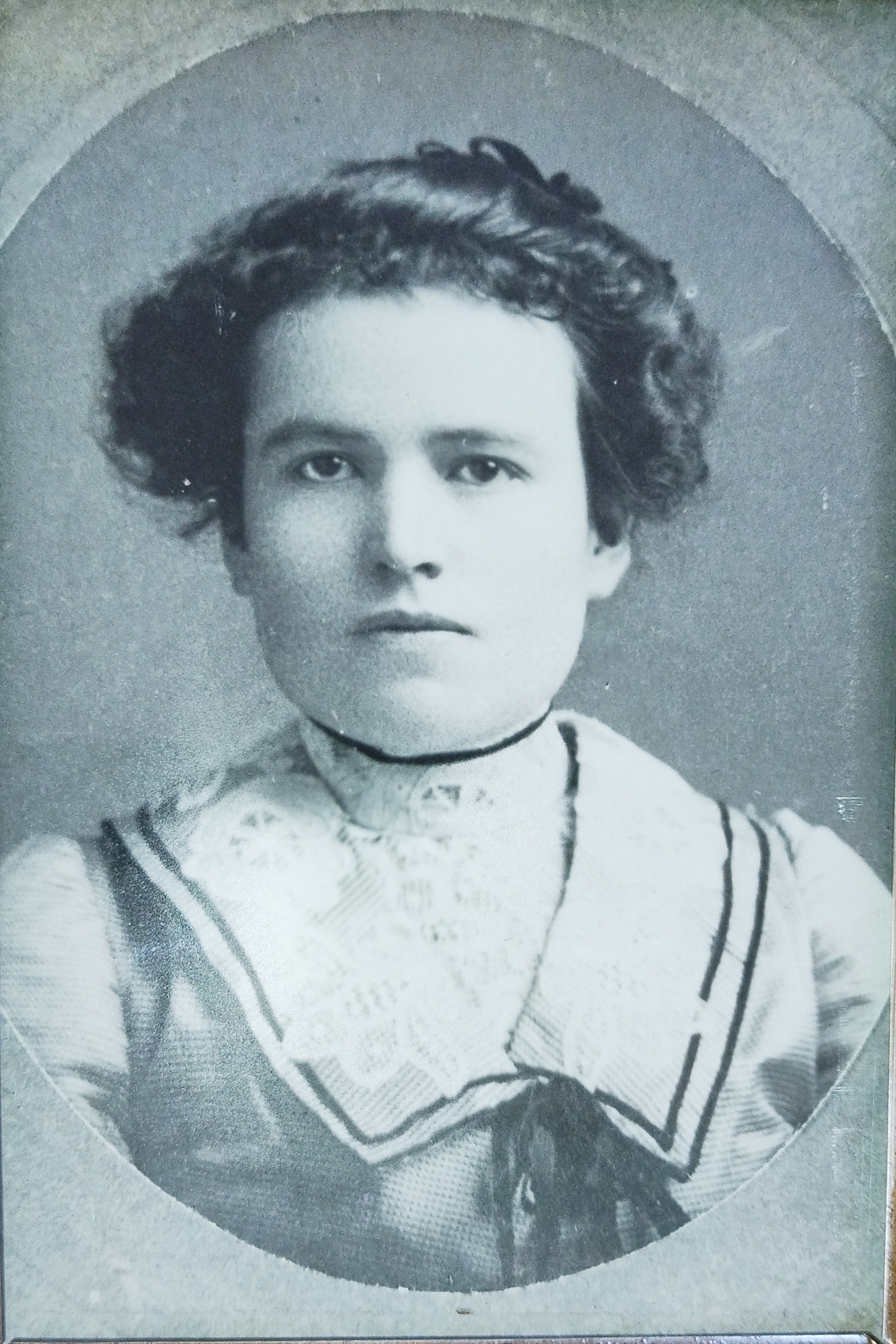
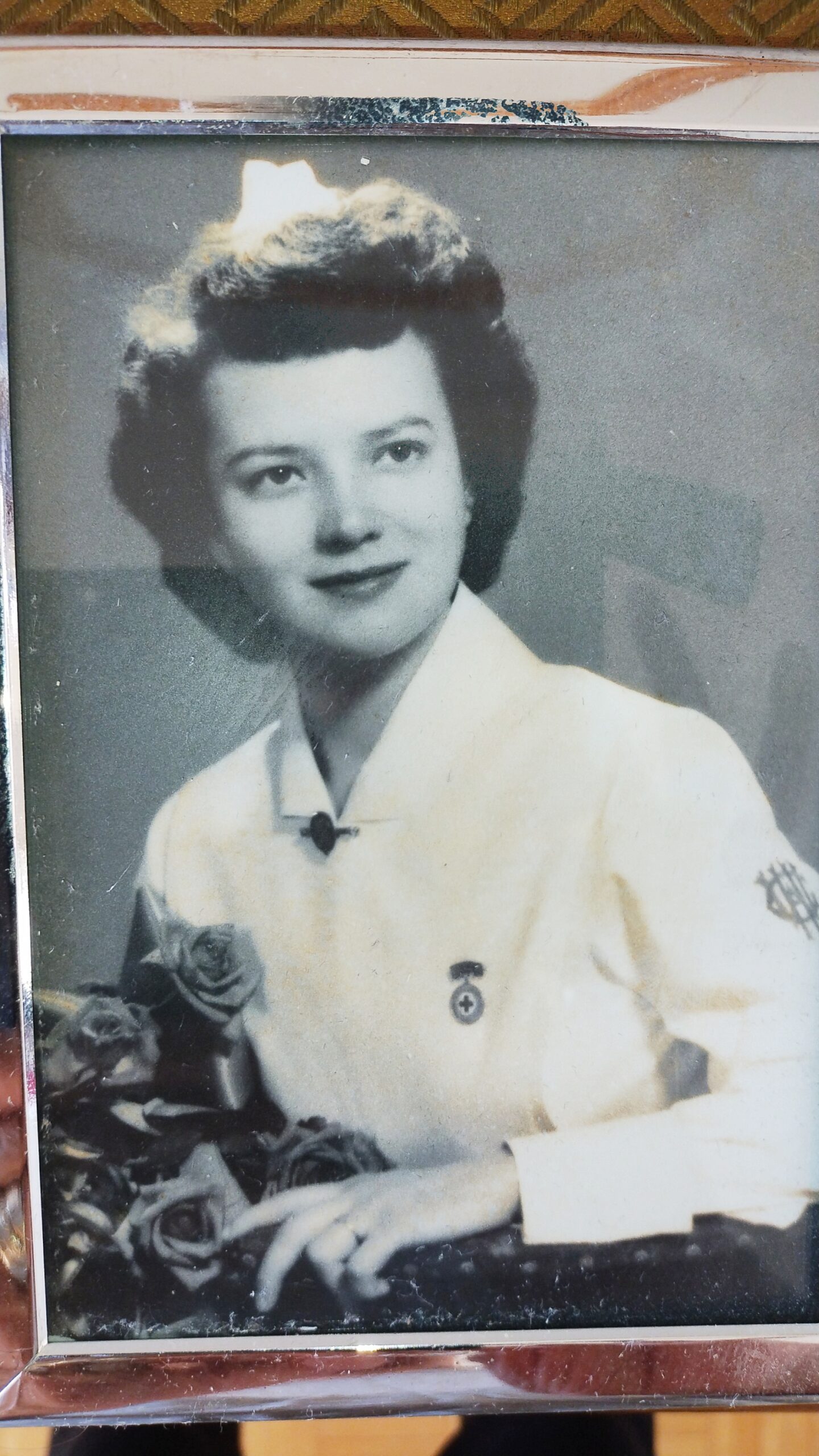
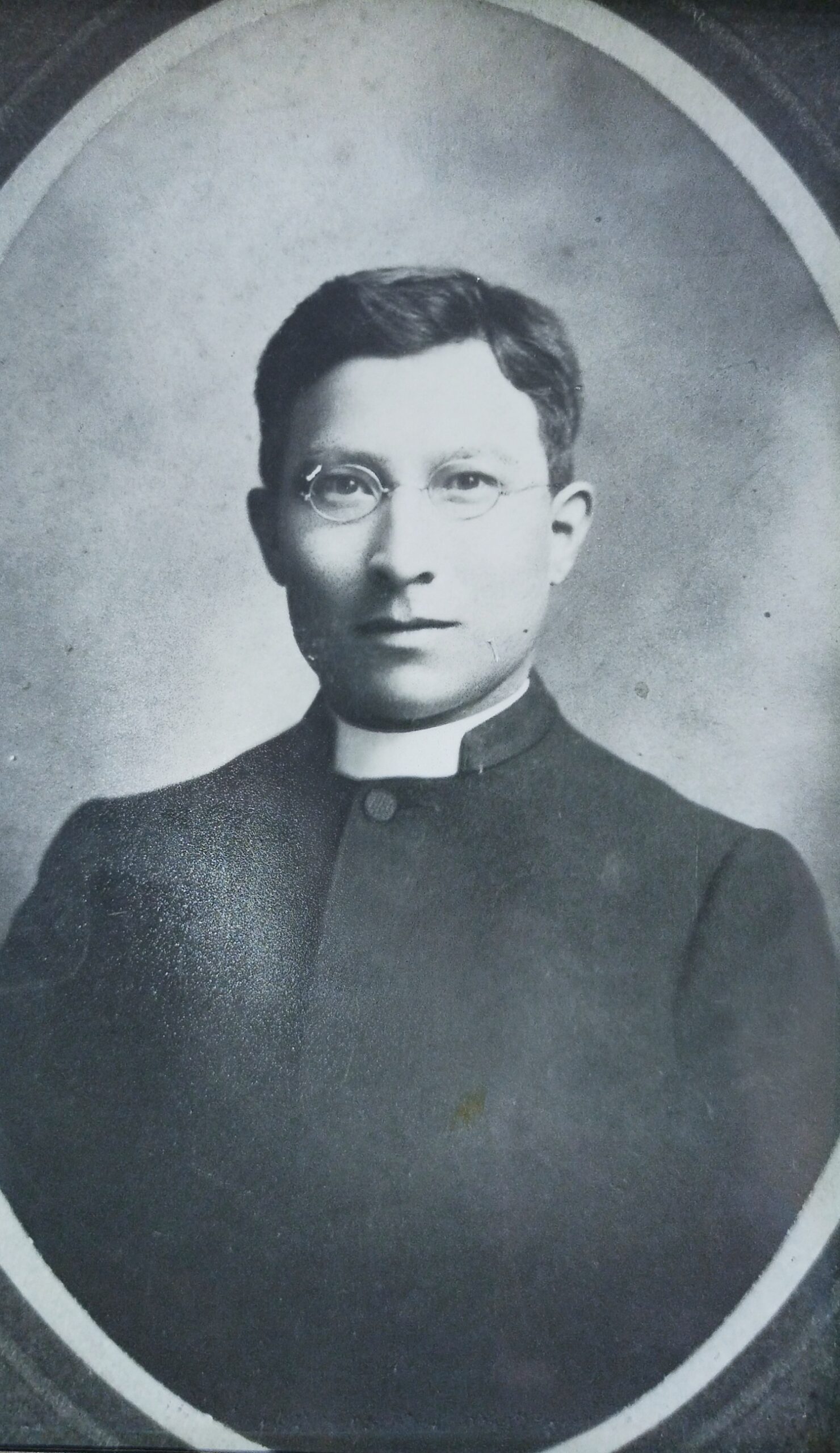
Now, Beaton is representing three families taking legal action against the federal government, framing Indigenous women’s loss of rights through their male relatives’ enfranchisement as an act of gender discrimination that violates the constitution. The group launched its constitutional challenge, Nicholas v. Canada, in 2021, then put it on pause in 2022, when it looked like the federal government might deal with the issue through Indigenous Services Minister Patty Hajdu’s introduction of Indian Act amendments in Bill C-38.
This year, frustrated with the slow pace of change, the plaintiffs decided to relaunch their challenge.
One of them is Kathryn Fournier, whose grandmother first lost her status when she married and was forced to move off her natal lands, St. Peters Reserve in the Red River Valley (which no longer exists because the local government argued settlers could make better use of the natural resources). Then, Fournier’s grandfather, Maurice Sanderson, renounced his membership in Pinaymootang First Nation in Manitoba in 1922, choosing enfranchisement to obtain the right to own property and vote. Sanderson’s decision stripped his wife and all of their children of their status too; Kathryn’s mother, Edith Fournier grew up without status.
In 1985, amendments to the Indian Act allowed some people with a familial history of enfranchisement to apply for Indian Status — Edith was approved, but granted a category of status that could only be passed down for one generation. This means her grandchildren, including Kathryn’s children, are not entitled to status.
“We just thought that was how the Indian Act worked,” Kathryn says, of her inability to pass status and all the rights it entails on to her children. Then, in 2020, the Fourniers learned about a family who had pushed to regain status rights lost to enfranchisement and won.
“That notion that you might begin to say, that there’s a way we can actually challenge that Indian Act, is a very powerful notion. And I’ve always known that it’s a battle every inch of the way,” says Fournier, who says her mother fought for her grandchildren’s status until her passing in 2021.
Here’s what you need to know about the gender discrimination Fournier and the other plaintiffs are fighting, and what it has to do with land-based rights and residential schools.
In simple terms, the part of Bill C-38 Beaton’s clients are focused on would restore status to approximately 3,500 individuals with a family history of enfranchisement.
When Beaton and the plaintiffs launched their constitutional challenge in 2021, they based their legal argument on two sections of the Canadian Charter of Rights and Freedoms: section 7, which deals with life, liberty and security, and section 15, which covers equality. Beaton explains that the Indian Act continues to enforce historical gender-based discrimination today by denying status to the descendants of a woman who was enfranchised alongside her husband. He also argues that denying an individual status because of a family history of enfranchisement should be recognized by the Charter as a prohibited basis for discrimination.
After these Charter violations were first brought to the attention of the federal government, Beaton says, there was a consensus among all political parties that they needed to be remedied. This led to Hajdu introducing Bill C-38 in Parliament in December 2022. The bill primarily deals with ongoing discrimination towards those with a family history of enfranchisement, but also seeks to address or amend other sections of the Indian Act.
When the bill was introduced, Beaton and the plaintiffs put their constitutional challenge on hold. But despite the political support for Bill C-38, it has been stalled for almost two years, which is why the challenge is on again.
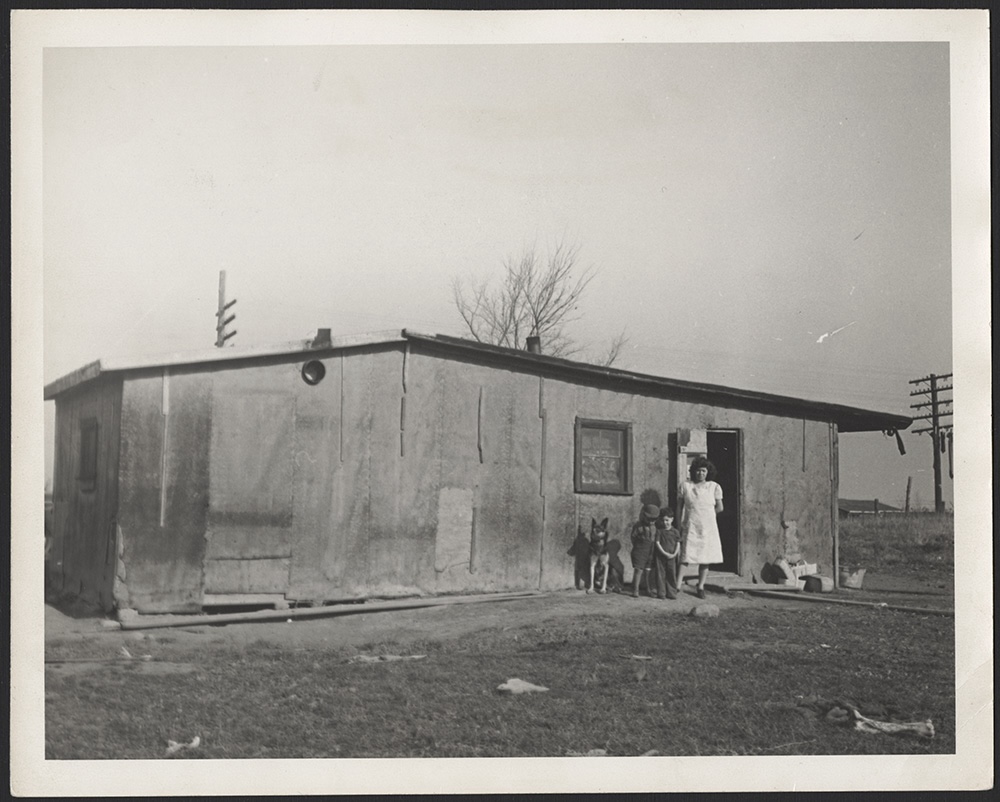
“The federal government just has not had the political will and has not made this a priority,” Beaton says, despite his assurances from Hajdu’s office that the government wants Bill C-38 to move forward.
In the past, Canada has expressed budgetary concerns over legislative changes that would mean a sudden increase in the number of people that are entitled to register under the Indian Act. But, Beaton explains, while previous amendments would entitle hundreds of thousands of people to gain access to status, only about 3,500 individuals would be eligible under Bill C-38.
Jenica Atwin, parliamentary secretary for Indigenous Affairs, told The Narwhal that “Oftentimes, these important pieces of legislation will get stalled because of partisan interest,” and that the bill had the “support of all except for the Conservatives.” But at the bill’s second reading last October, all federal political parties agreed Bill C-38 should be passed to address the on-going infringement of Indigenous Peoples’ rights. That includes the Conservatives, with MP Eric Melillo expressing vocal support for its passage.
After multiple years without any progress on Bill C-38’s passage through Parliament, Beaton and the 16 plaintiffs in Nicholas v. Canada decided to reactivate their constitutional challenge.
The hope is that an imminent trial will encourage Parliament to hasten the progress on moving the bill through the House of Commons. Otherwise, Beaton and the plaintiffs will try to see this issue remedied in the court system.
When Hajdu introduced the bill, she said “This is part of the ongoing work needed and it must be sustained to eliminate outstanding concerns of gender-based discrimination and inequalities, while also addressing colonial laws and structures.”
Beaton says Hajdu has acknowledged the Charter violations as ongoing discrimination towards Indigenous Peoples, “Which is kind of unusual. Often in these cases the government will avoid conceding the legal point.” This admission provides his legal argument with a solid foundation as it moves through the court system.
Beaton says he told the government that because there is cross-party support for the bill, the families involved are willing to approach the court on a joint basis, rather than individually. But despite that support and Hajdu’s definitive statements, in August 2024, federal lawyers responded to the challenge by denying any constitutional violations.
Beaton says he and the legal team representing Canada are currently trying to figure out what is actually in dispute to narrow the issue as much as possible.
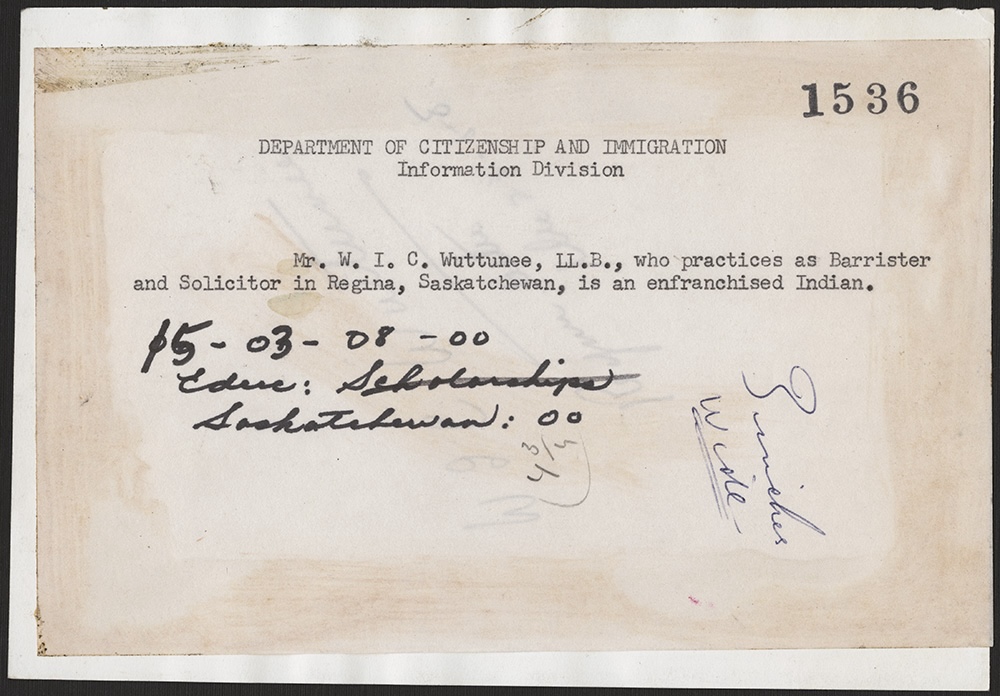
While the enfranchisement policy in the Indian Act was initially voluntary, many Indigenous Peoples did not choose to renounce their Indian status. Over the years, enfranchisement provisions became increasingly harsh and based around gender discrimination and the suppression of Indigenous Peoples’ Rights.
“The Indian Act was designed to make being an Indian so unpleasant and so restricted, and so devoid of basic human rights, that people would want to enfranchise,” Fournier says.
A 1920 amendment to the Indian Act made attendance at residential schools mandatory, leading to the forcible removal of children from First Nation families and creating a very strong motivation for many people to enfranchise. Sharon Nicholas, one of the lead plaintiffs in the challenge, has an ancestor who chose to enfranchise in order to keep his children out of the residential school system.
The interlinked history between enfranchisement and the residential school system is one of the reasons that Beaton argues there is no excuse for Canada to continue to deny status to people who had ancestors that were forced to make these difficult decisions.
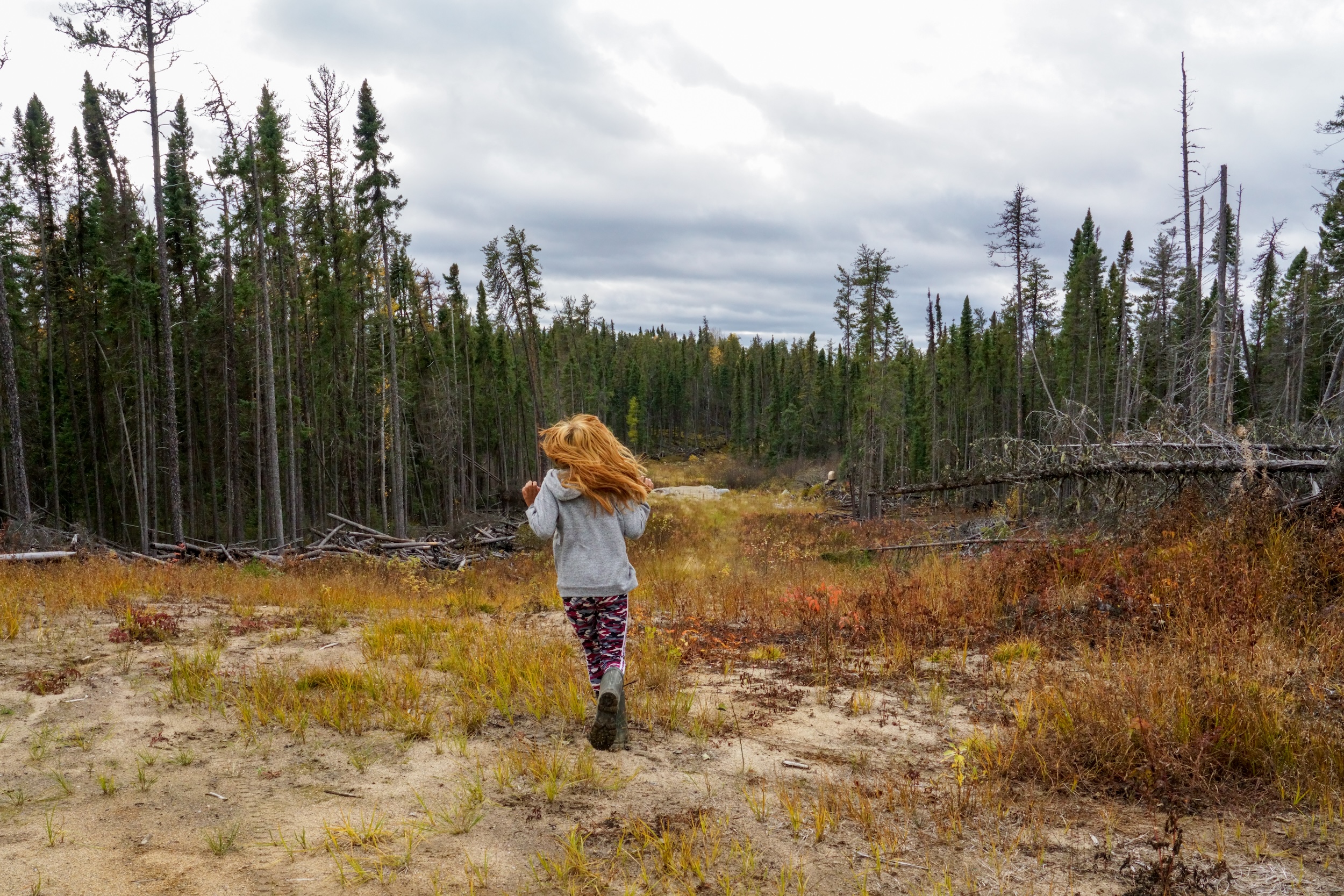
There is more than one way for these issues to be remedied.
The first option is that Canada makes Bill C-38 law. Nothing is stopping Parliament from moving it forward once the House of Commons reconvenes this fall. Atwin, whose husband and children are Wolastoqiyik and hold status, says Hajdu’s team is responding to the challenge by urgently pushing to see the bill move forward. The next step would likely be a review of the bill by a standing committee, although there are a few different paths a bill can take through the House of Commons.
The second option is a legal battle. Beaton explained that he would likely seek a summary judgement, which would mean any trial would be expedited. In this case, his team would provide the British Columbia Supreme Court with its argument that there are constitutional violations related to registry and band membership policies within the Indian Act. After evidence and opposing legal arguments are presented, a judge would decide whether or not there are constitutional violations and how they should be remedied.
If a judge agrees there are violations, there are various ways to resolve them. Beaton explains that courts typically avoid writing detailed legislation. Instead, judges usually order Parliament to fix the issue by a given deadline — but often grant the government extensions when it doesn’t complete such orders on time. “At the end of the day if we won in court and then the court’s solution was to send it to Parliament to fix it, then we are kind of running in circles,” Beaton says.
He’d prefer a faster, more definitive solution. Striking five or six words in the registration provisions in the Indian Act “could fix the issue,” Beaton says. This means specific words would no longer be legally recognized, registration provisions would have to be read as if those words did not exist and the descendants of those who were enfranchised would be entitled to Indian status as if their ancestor’s enfranchisement had not happened.
Beaton explained this is a process courts are generally much more comfortable with than writing new legislation from scratch. And if a court strikes out the words causing Charter violations, Parliament does not need to act.
Whether or not it happens quickly, the plaintiffs are determined to right this historical wrong. “I remain firmly convinced that we will prevail and that justice will prevail,” Fournier says.
Six hundred samples. Roughly 180 sites across the Canadian Arctic. And more than 3,000 microbes providing more than four trillion pieces of data on the...
Continue reading
Rising waters closed highways and forced evacuations, prompting fresh criticism that the province has been...

The Sio Silica sand mine southeast of Winnipeg was proposed, then rejected, then reviewed, then...

An excerpt from “We Survived The Night” by Julian Brave NoiseCat
